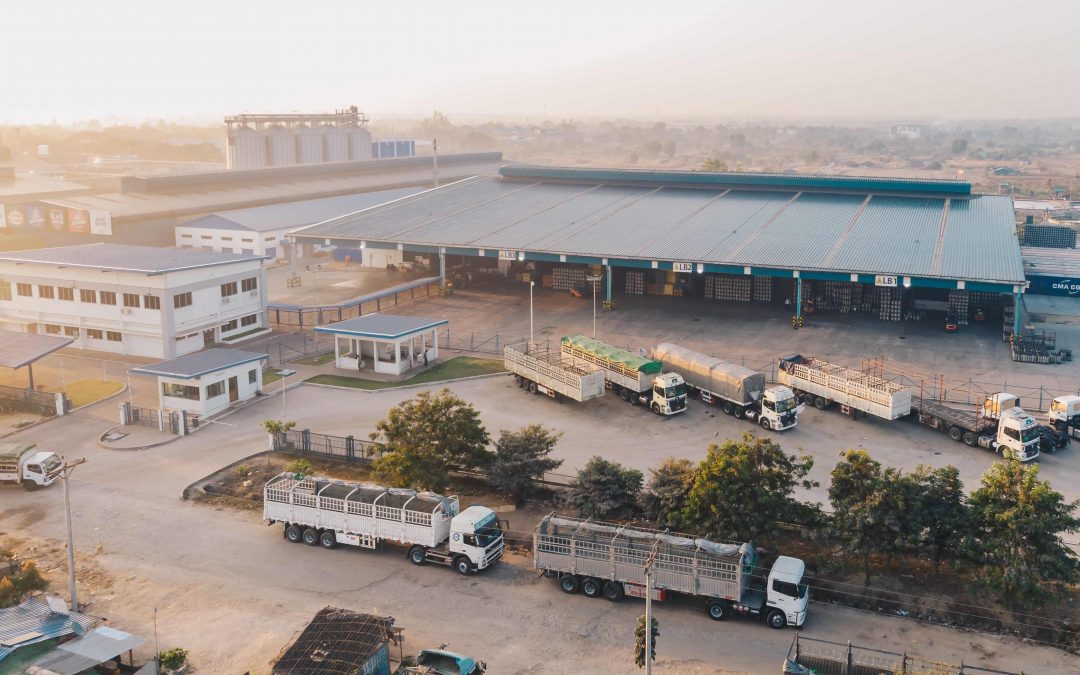
What challenges do fleet managers face?
Fleet management means to manage all fleet and asset information, from acquisition through to disposal. This enables companies to reduce costs, improve efficiency and ensure compliance across an entire fleet operation. Today we will be discussing the challenges fleet managers face.
Vehicle aquisition
Evaluating changes to vehicle legislation, determining purpose and suitability of vehicles, negotiating deals with vehicle manufacturers all sit with fleet managers. When selecting the right fleet vehicles the fleet manager should consider fuel consumption, tax and insurance costs in addition to employee expectations. Add to this a consideration towards end of life and vehicle resell value and it soon becomes clear why the role can be such a challenge.
Fuel management
Probably one of the biggest cost-saving challenges for a fleet manager is the ever-increasing rise in fuel costs. For example, fluctuations in market price and the external factors that influence prices are beyond the control of a fleet manager. But there are options to help reduce fuel consumption and costs. In detail, feet managers can carry out a cost-benefit analysis of fuel options. This will help determine the most suitable for the vehicles in their charge.
Vehicle maintenance
The fleet manager can oversee the maintenance programme of vehicles. It can also be outsourced depending on the size of the cost-benefit analysis. Moreover, fleet manager responsibility is to ensure that everything complies with legislation. Specifically, this includes driver daily walk round checks, pre-purchase vehicle inspections, regular maintenance checks. Lastly, the fleet manager ensures that reported defects have been rectified.
Health and safety
Should the unfortunate occur and a driver has an accident, the responsibility of the fleet manager is to ensure that this is actioned accordingly. Robust reporting procedures need to be in place to enable drivers to deal with an accident. This means following insurance reporting procedures correctly so that claims can be handled quickly and efficiently.
Meeting compliance requirements
Daily checks, inspection sheets, driver checks, defect, reporting, insurance…the list goes on. Compliance and fleet risk management is an essential part of the role. All aspects need to be carried out and documented. This ensures that a full trail of information is available for each vehicle. This is later used for both auditing purposes and in the event of an accident should a claim or investigation need to be made.
Controlling costs
Controlling and reducing costs is always a priority for any business and fleet management is no exception. Fleet managers are required to analyse the relevant information about their fleet and realise the areas that can be improved. This can include reducing vehicle purchase costs, reviewing fuel consumption and analysing driver behaviour – achieving more for less.
Avoiding information overload
Fleets generate a lot of data that a fleet manager can review, some of which may be useful but a lot of it probably not so. Trawling through such vast amounts of information is time consuming and runs the risk of missing important, relevant information. Updating such information has administrative time and money implications too. Fleet management software can help sort through the unnecessary information and generate reports on only the areas that you need or having the information but not knowing what to do with it or analysing it correctly.
Expanding role of the fleet manager
The role of technology is evolving apace which will lead to expansion of a fleet manager’s role too. Mobility management, asset management and the level of responsibility for measuring and controlling the environmental impact of a business will begin to fall under the remit of the fleet manager. Incorporating fleet management software will become paramount in helping to deliver this.
Thanks for taking the time to read our blog post on the challenges fleet managers face. If you want to know more about our Telematics engineering study programme, our counsellor is here to provide you with more information.


Recent Comments